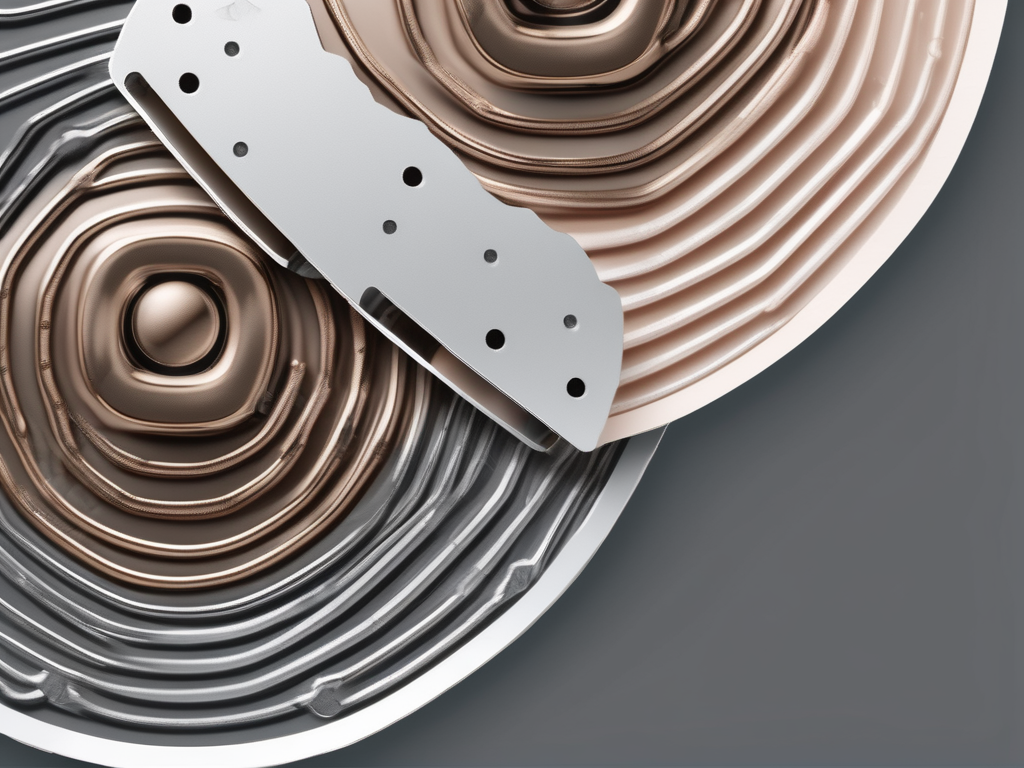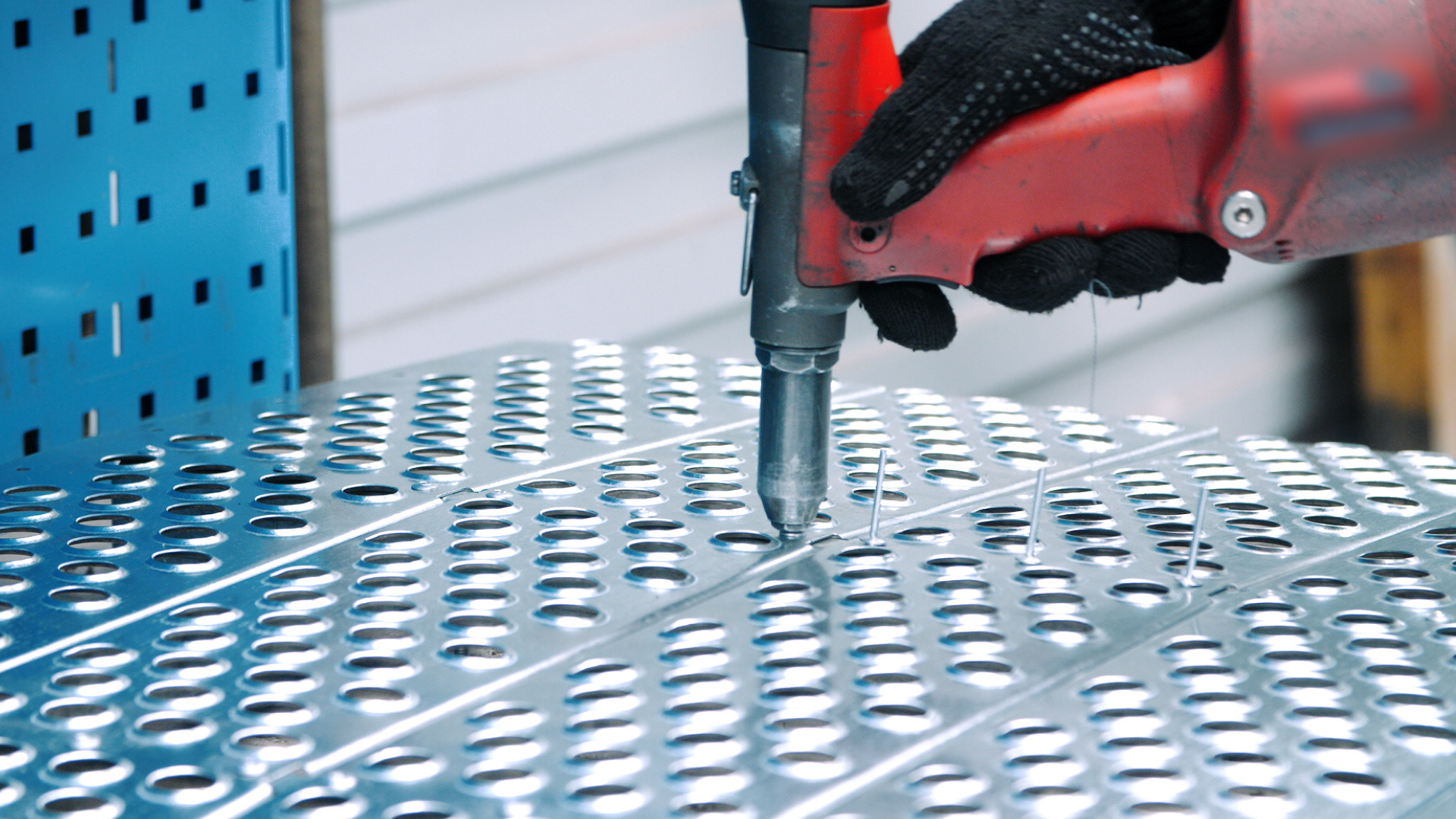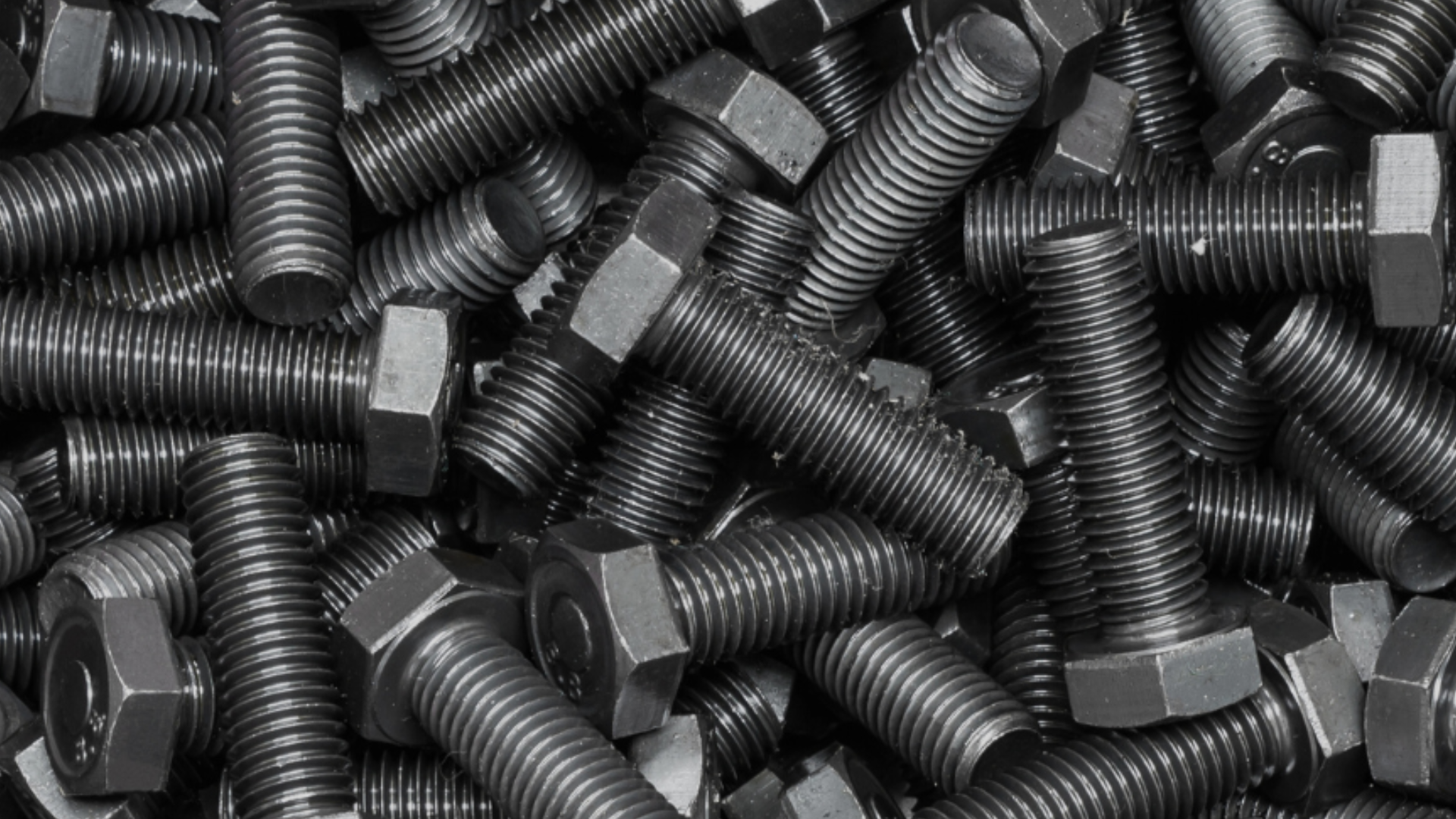Rust is a common problem that affects metal objects and surfaces, causing not only aesthetic damage but also structural deterioration. Understanding the causes and effects of rust is essential in order to prevent its formation and minimize its impact on your valuable metal items. In this comprehensive guide, we will explore different types of rust, the progression of rust from formation to decay, and the key differences between rust and anti-corrosive metals. We will also provide you with eight effective strategies to prevent rust, including the use of protective coatings, proper maintenance techniques, and humidity control. Finally, we will address some frequently asked questions about rust prevention and provide expert tips for safeguarding laser cut parts from corrosion. So let’s dive in and discover everything you need to know about preventing rust on metal!
Table of Contents
Understanding Rust: Causes and Effects
Rust, scientifically known as iron oxide, is a natural chemical process that occurs when iron or iron-containing metals come into contact with oxygen and water. When these elements interact, a series of chemical reactions take place, resulting in the formation of rust. Rust can have detrimental effects on metal objects, leading to weakened structures, reduced functionality, and compromised appearance.
But what exactly happens when metal rusts? Let’s dive deeper into the world of rust and explore its various aspects.
Exploring Different Types of Rust
Rust can take on different forms, depending on various factors such as the type of metal involved and the specific environmental conditions. One common type of rust is known as red rust, which typically appears as a reddish-brown flaky layer on the surface of metal. Another type is known as yellow rust, which manifests as a powdery yellow or orange substance. Understanding the different types of rust can help you identify specific preventive measures to combat its formation.
Did you know that rust can also vary in terms of its texture and appearance? In addition to red and yellow rust, there are other forms such as black rust and green rust. Black rust, also known as magnetite, is a more stable form of rust that forms a protective layer on the metal surface, slowing down further corrosion. On the other hand, green rust, also called verdigris, is a type of rust that is commonly seen on copper or bronze surfaces. Its greenish hue adds an interesting aesthetic element to the metal.
The Progression of Rust: From Formation to Decay
When metal starts to rust, it begins with the formation of small pits and blemishes on the surface. Over time, these pits grow larger and deeper, eventually leading to the degradation of the entire metal structure. The progression of rust is influenced by factors such as exposure to moisture, temperature fluctuations, and the presence of corrosive substances. Regular inspection and prompt action are crucial to prevent rust from advancing to a point of irreversible damage.
Have you ever wondered why some metals rust faster than others? It turns out that the composition of the metal plays a significant role in its susceptibility to rust. For example, pure iron is more prone to rusting compared to stainless steel, which contains chromium and other alloying elements that provide enhanced corrosion resistance. Understanding the factors that contribute to the progression of rust can help you implement effective preventive measures.
Corrosion 101: Rust vs. Anti-Corrosive Metals
While rust is a common occurrence on iron and steel, there are certain metals that are naturally resistant to corrosion. These anti-corrosive metals, including stainless steel and aluminum, possess properties that make them less susceptible to rust formation. Understanding the differences between rust-prone and anti-corrosive metals can help you make informed choices when selecting materials for various applications.
But what makes stainless steel and aluminum resistant to rust? Stainless steel contains a minimum of 10.5% chromium, which forms a protective layer on the surface, preventing the underlying metal from coming into contact with oxygen and water. This layer acts as a barrier against rust formation. Aluminum, on the other hand, naturally forms a thin oxide layer when exposed to air, which protects the metal from further corrosion.
It’s important to note that even anti-corrosive metals can still experience rust under certain conditions. Factors such as prolonged exposure to harsh environments or damage to the protective layer can compromise their resistance. Regular maintenance and appropriate protective coatings can help extend the lifespan of these metals.
Understanding the causes and effects of rust is essential for anyone working with metal objects or materials. By being aware of the different types of rust, the progression of rust, and the characteristics of rust-prone and anti-corrosive metals, you can take proactive measures to prevent rust formation and ensure the longevity of your metal possessions.
Rust Prevention: 8 Effective Strategies
Now that we have a solid understanding of the causes and effects of rust, let’s explore some practical strategies to prevent this pesky problem from affecting your metal items. By implementing these strategies, you can prolong the lifespan of your metal objects, minimize maintenance costs, and preserve their appearance and functionality.
Protective Coatings: Shielding Metal from Rust
Applying a protective coating to metal surfaces is one of the most effective ways to prevent rust. These coatings act as a barrier, shielding the metal from direct contact with moisture and oxygen. Common types of protective coatings include paint, enamel, and specialized anti-rust treatments. When selecting a coating, consider the specific metal surface and the environmental conditions it will be exposed to.
For example, if you have a metal fence that is constantly exposed to rain and sunlight, choosing a high-quality paint with UV protection will provide long-lasting rust prevention. On the other hand, if you have a metal tool that is frequently used in a corrosive environment, such as a marine setting, opting for a specialized anti-rust treatment that can withstand saltwater exposure would be more suitable.
Proper Maintenance: Key to Rust Prevention
Maintaining metal objects in good condition is crucial for rust prevention. Regular cleaning, drying, and lubrication can remove any corrosive substances and create a protective layer on the metal surface. Additionally, inspecting metal items for signs of rust or damage allows for timely intervention and the application of appropriate preventive measures.
When it comes to cleaning metal surfaces, it’s important to use the right tools and techniques. For instance, using a soft cloth or sponge along with a mild detergent can effectively remove dirt and grime without causing any damage to the metal. After cleaning, thoroughly drying the metal surface is essential to prevent moisture from lingering and initiating rust formation.
Humidity Control: Keeping Rust at Bay
Humidity plays a significant role in rust formation, as moisture in the air can speed up the oxidation process. To keep rust at bay, it is essential to control the humidity levels in environments where metal items are stored or used. Using dehumidifiers, proper ventilation, and moisture-absorbing materials can help maintain the ideal humidity range and prevent rust from developing.
For example, if you have a basement workshop where you store metal tools and equipment, investing in a dehumidifier can effectively reduce the moisture content in the air, minimizing the risk of rust. Additionally, ensuring proper ventilation by opening windows or using fans can help circulate the air and prevent the accumulation of stagnant moisture. Furthermore, placing moisture-absorbing materials, such as silica gel packets or desiccant packs, near metal items can help absorb excess moisture and create a drier environment.
Rust Prevention FAQs: Your Questions Answered
Now, let’s address some frequently asked questions about rust prevention to provide you with a broader understanding of this topic.
How Long Does It Take for Rust to Form?
The time it takes for rust to form depends on several factors, including the type of metal, the surrounding environment, and the level of exposure to moisture and oxygen. In some cases, rust can start forming within hours, while in others, it may take several weeks or months. It is important to note that preventive measures can significantly slow down the rusting process.
Can Rust Spread from One Metal to Another?
Rust is primarily a localized issue, affecting the metal surface in direct contact with oxygen and moisture. However, when two different metals come into contact and one of them rusts, a process called galvanic corrosion can occur. Galvanic corrosion can lead to accelerated rust formation in the metal that is more reactive or less resistant to corrosion. To prevent galvanic corrosion, it is important to use compatible metals or apply protective barriers between dissimilar metals.
Safeguarding Laser Cut Parts from Corrosion
Laser cut parts are widely used in various industries due to their precision and versatility. However, these parts are particularly susceptible to rust due to the exposed edges and intricate shapes. Here are some best practices for preventing rust on laser cut metal:
Best Practices for Preventing Rust on Laser Cut Metal
- Apply a protective coating specifically designed for laser cut parts.
- Implement proper storage and handling procedures to minimize exposure to moisture and contaminants.
- Ensure thorough cleaning and drying of laser cut parts before storage or use.
- Regularly inspect laser cut parts for any signs of rust or damage.
- Consider using anti-corrosion packaging materials during transportation and storage.
Choosing the Right Materials for Corrosion Resistance
When it comes to laser cut parts, selecting the right materials can significantly contribute to corrosion resistance. Opt for metals such as stainless steel or aluminum alloys, which possess inherent anti-corrosive properties. Additionally, consider using coatings or treatments that enhance the corrosion resistance of the selected materials for laser cutting applications.
By following these expert tips and implementing effective preventive measures, you can protect your valuable metal items from the damaging effects of rust. Remember, rust prevention is a continuous process that requires diligence and regular maintenance. Stay proactive, and your metal belongings will remain in pristine condition for years to come!



